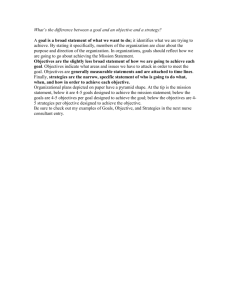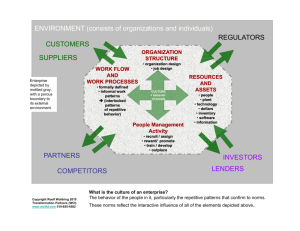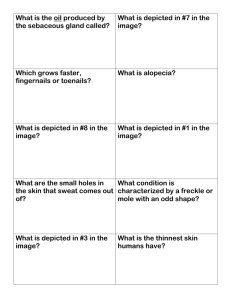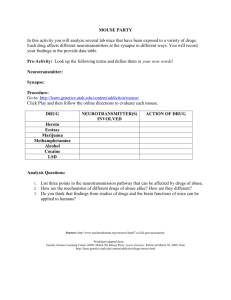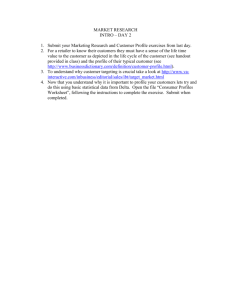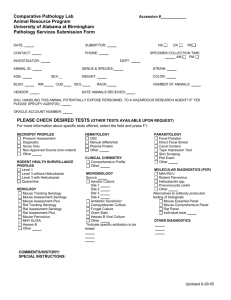Quiz 49 (Exam Sheet)
advertisement
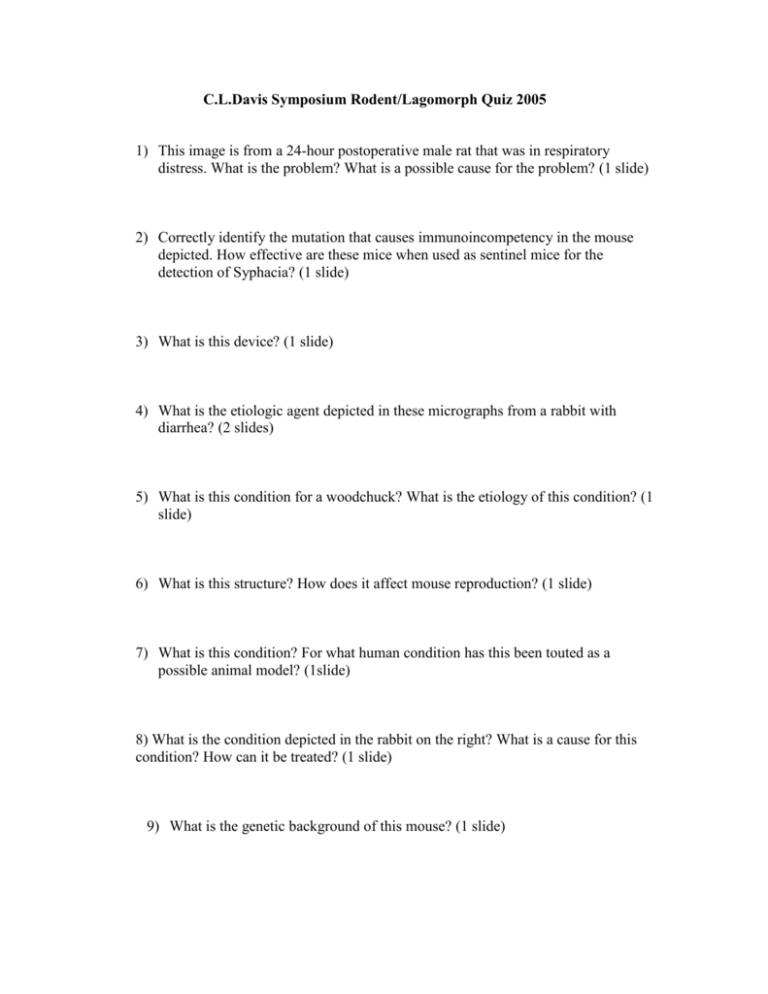
C.L.Davis Symposium Rodent/Lagomorph Quiz 2005 1) This image is from a 24-hour postoperative male rat that was in respiratory distress. What is the problem? What is a possible cause for the problem? (1 slide) 2) Correctly identify the mutation that causes immunoincompetency in the mouse depicted. How effective are these mice when used as sentinel mice for the detection of Syphacia? (1 slide) 3) What is this device? (1 slide) 4) What is the etiologic agent depicted in these micrographs from a rabbit with diarrhea? (2 slides) 5) What is this condition for a woodchuck? What is the etiology of this condition? (1 slide) 6) What is this structure? How does it affect mouse reproduction? (1 slide) 7) What is this condition? For what human condition has this been touted as a possible animal model? (1slide) 8) What is the condition depicted in the rabbit on the right? What is a cause for this condition? How can it be treated? (1 slide) 9) What is the genetic background of this mouse? (1 slide) 10) What is this rabbit breed? (1 slide) 11) This rat is instrumented with a miniature PET detector. What does PET acronym represent? What would these blocks of metal be expected to detect? (1 slide) 12) A 4 year-old mouse is depicted on the left. A normal mouse is depicted on the right. The 4 year-old mouse has 3 mutations that affect growth. What phenotypic change is evident in this image? (1 slide) 13) What is the coat color of this mouse in the lower image? (1 slide) 14) What condition is depicted in these images? The tissue sections are stained with H&E. (3 slides) 15) This image depicts a Nile grass rat (Arvicanthis niloticus). Why is this rodent used in research? Name another rodent that has been used for this purpose. (1 slide) 16) The histologic section and smear were obtained from a rat with diarrhea. What is the etiologic agent? Is mortality seen with this disease? (2 slides) 17) What is the genus and species of the animals depicted in this slide? Correctly identify the length of the gestation period, age at puberty, and length of estrous cycle. (1 slide) 18) What is the condition depicted in the image on the right? How common is this condition in outbred mice? (1 slide) 19) Correctly name 2 pathologic agents that could cause the lesions depicted in this mouse liver. (2 slides) 20) What is the genus and species of this animal? (1 slide) 21) What condition is depicted in this image of a rat brain? What blood vessel is normally used for a rat model of this condition? (1 slide) 22) What is the etiologic agent? (2 slides) 23) These tissue sections were from hamsters with numerous subcutaneous masses. What is the etiologic agent? (2 slides) 24) When does a normal mouse embryo implant? (1 slide) 25) What vascular lesion is depicted in this image? Do rabbits naturally develop these lesions? (1 slide) 26) What is the nature of the mutation depicted in this slide? (1 slide) FVB/N-mTTTggg111ZZZzzzzzz 27) How is this term utilized in neurology research? (1 slide) KINDLING 28) What is the cell (arrow) depicted in this image of a gastric crypt from a mouse? (1 slide) 29) What class of chemical is the anogenital distance used to test for? (1 slide) 30) What is the common name and genus of the animal depicted in this slide? How has this animal been used in research? (1 slide) 31) What is the most probable cause of the opacities depicted in this radiograph of a rabbit? (1 slide) 32) What is the genus and species of this animal? How much food and water does an adult female consume daily? 33) What is the etiologic agent? What are the pathologic changes observed in this mouse? (2 slides) 34) These tissue sections were obtained from a rabbit. What stain could have been used in the second image? (2 slides) 35) Name 3 mouse mutations that demonstrate the phenotype of the animal depicted on the left. (1 slide) 36) What breed is this rabbit? (1 slide) 37) Which micrograph is a mouse ovary and which is a human ovary? How can you tell the difference? (1 slide) 38) What disease do these mouse strains model? (1 slide) Smad 3 null; APC mutants; Cdx+/-Muc-/- 39) What is this condition from a hamster? (3 slides) 40) Describe a non-surgical method to induce hypothyroidism in this species. (1 slide) 41) What chemical selectively kills the small primordial and primary ovarian follicles of mice and rats without effecting other tissues and has been touted as a method to induce menopause in the mouse?

